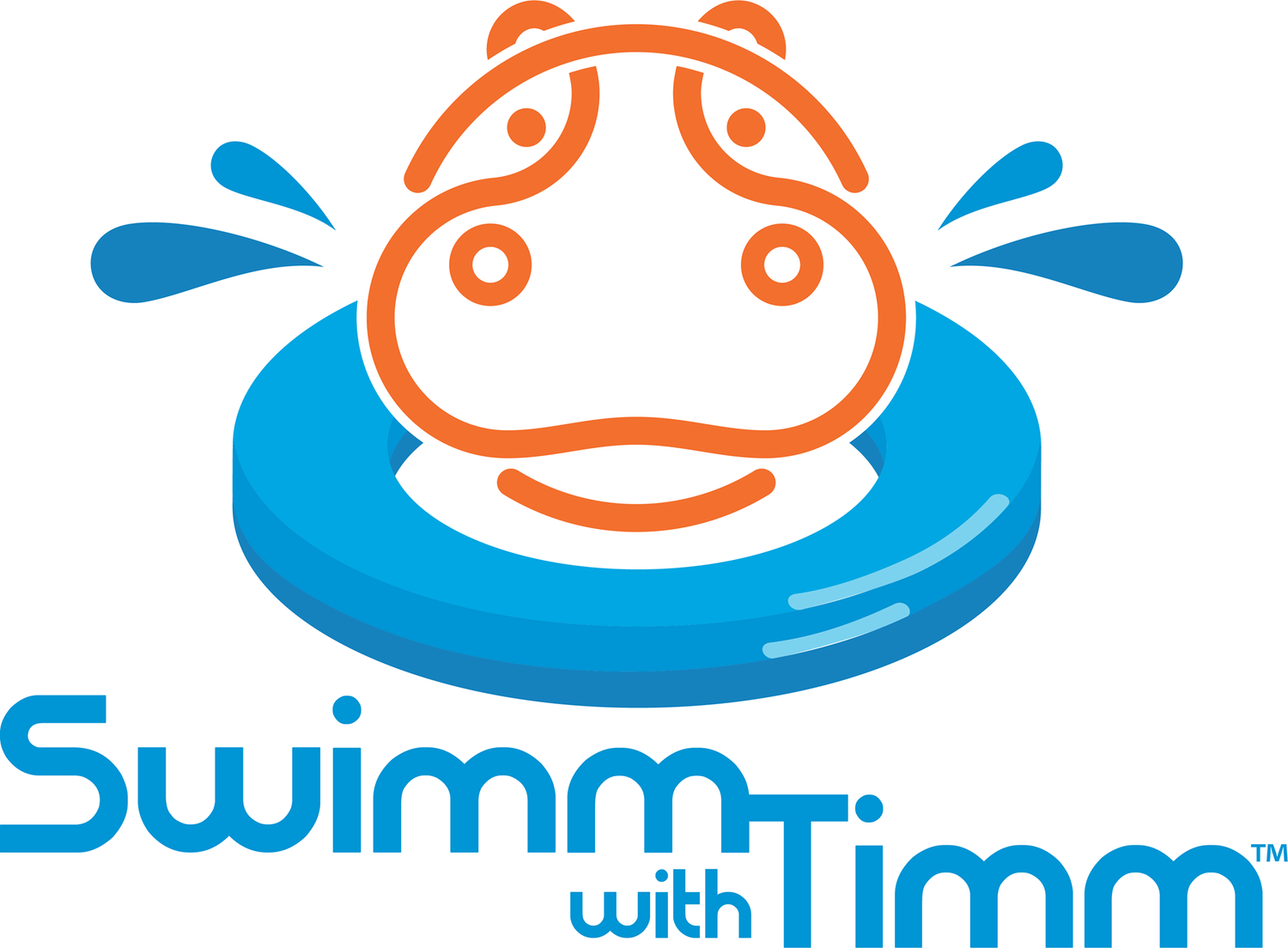How to Choose a Swim Lesson Provider
When signing children up for lessons, it is important to look for, and ask, the right questions; “what is the student/teacher ratio?”, “are the instructors trained?”, “is the pool (and pool area) safe, clean, and well maintained?”, “what is the curriculum?”, “is there a clear progression?”, “can parents watch?”, “what floatation devices are being used during the lessons?”. The answers to these questions should always be clear (or readily available to you, if requested”. Instructors should always be trained and routinely evaluated. Student/teacher ratios should be as low as possible, and teachers should always have the children within arms reach. As students gain skills, and grow older, the group size can increase. Swimmers should be assessed regularly, and should be placed in classes based on their ability, while being given a clear plan for how to move forward. Parents should always be able to watch during the lessons. Floatation devices should be used thought-fully, and with the ultimate goal of gradually decreasing reliance. We believe that fear of the water is not an excuse to allow your child to stop attending lessons, or to not bring them in the first place. While we would never recommend that you force your child to do something that terrifies them, we do suggest trying to start gradually, making sure to attend classes consistently, while including lots of positive reinforcement, and (of course) the help of a great instructor.
At the end of the day, swimming should always be fun, but just because a child can swim, doesn’t mean that they can’t drown. It is our opinion, and the opinions of many others, that the benefits of swimming lessons are endless, and stretch far beyond the water. It is important that both kids, and their parents, understand water safety, and that starts with making sure that EVERYONE learns how to swim.
